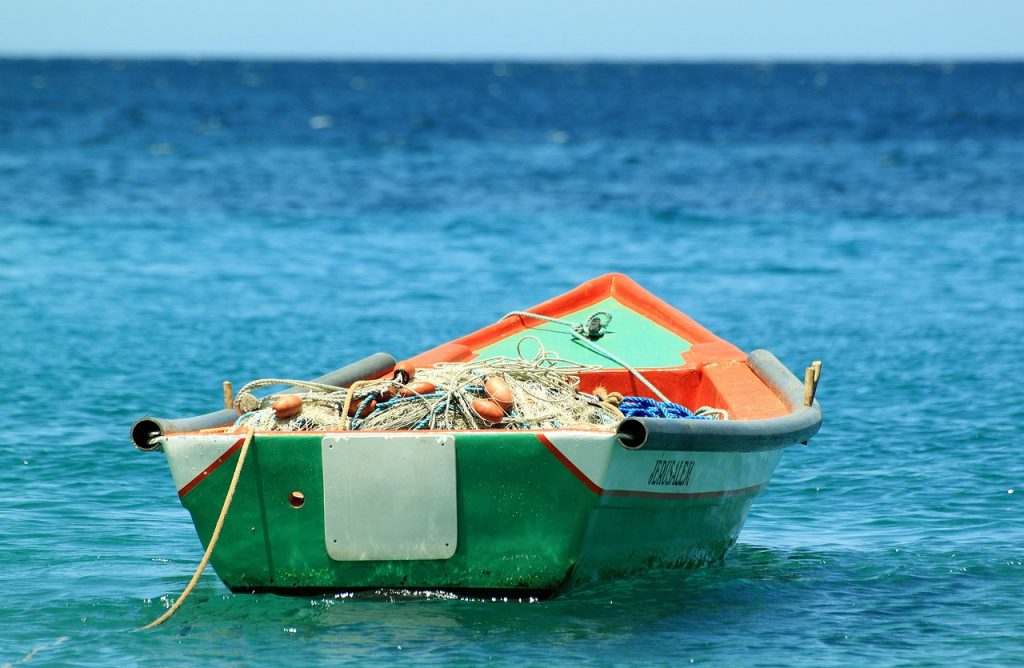Weather Considerations
Understanding how weather impacts rough water conditions can help you make informed decisions about setting out or turning back. Staying informed about weather changes will guide your route and speed.
Before departure, review reliable marine weather forecasts. Many weather apps and services are tailored specifically for boaters, offering real-time updates on wind speed, wave height, and storm patterns.
Weather can shift unexpectedly on the water. Keep an eye on darkening clouds, temperature drops, or sudden wind shifts, which often indicate worsening conditions. If visibility decreases, slow down or seek a sheltered area.

